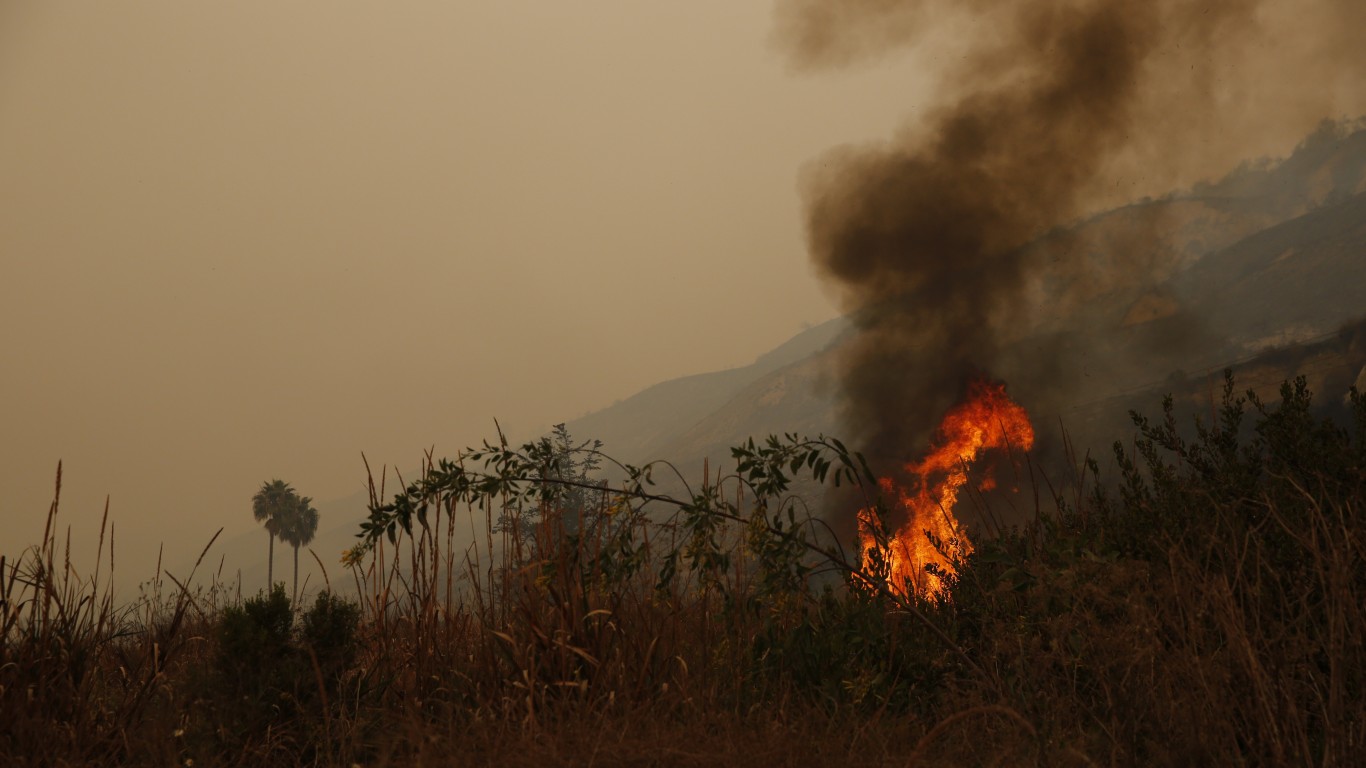
2017: Firestorm
> Location: California
Years of minimal precipitation, drought, and high temperatures have contributed to yearly wildfires across the state of California in the last decade. In October 2017, red-flag warnings were issued by the National Weather Service, predicting high wind gusts in Northern California with a risk of fire. Soon after, rapidly-spreading wildfires ravaged Napa and Sonoma Counties, stoked by 70-mph winds. The firestorm resulted in 25 deaths and $10 billion worth of damage, affecting thousands of homes and businesses.
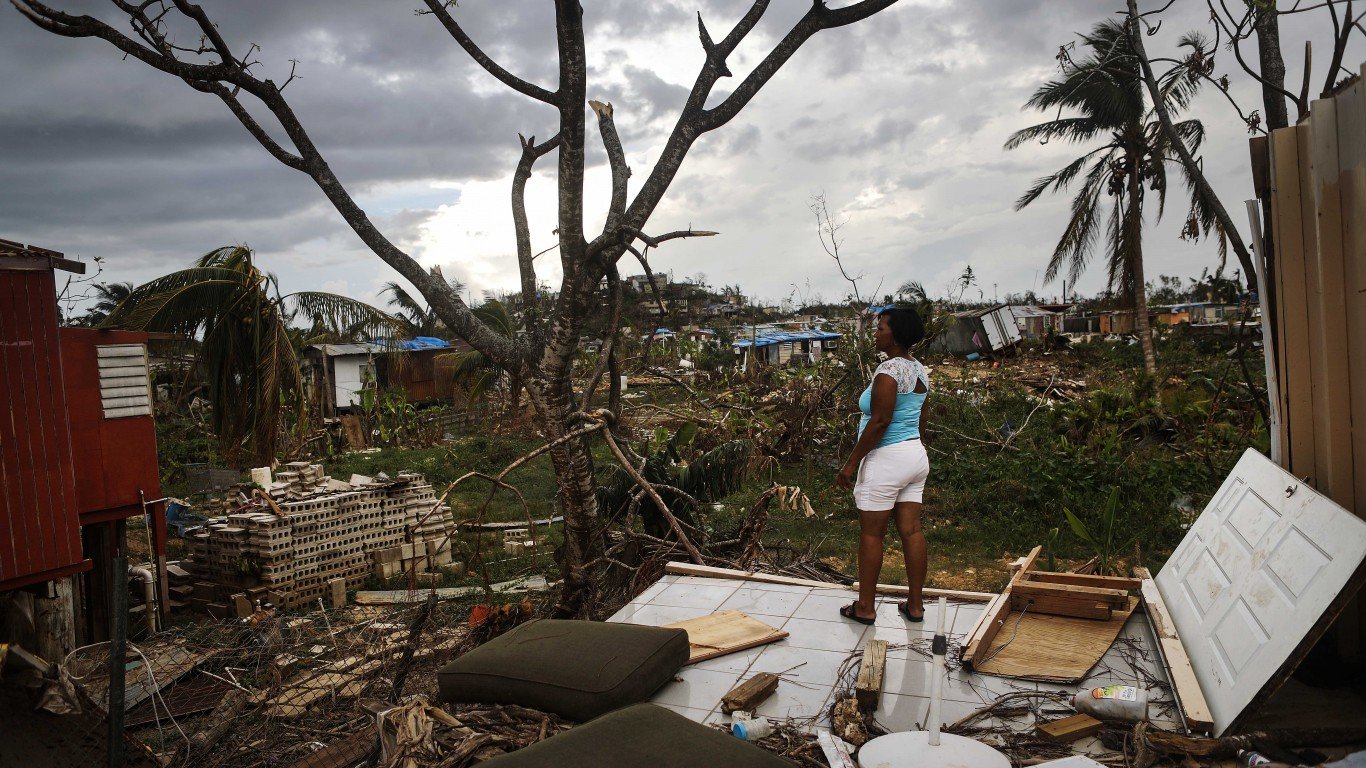
2017: Hurricane Maria
> Location: Puerto Rico
In 2017, Puerto Rico was hit by Category 4 Hurricane Maria, a storm that caused $23 billion worth of damage. The island has still not recovered from the cyclone. While scholars differ in their analysis of storm-caused death estimates, Maria is attributed to between 2,975 and 4,645 deaths. Further, the U.S. territory’s electrical grid and power lines were destroyed, leaving residents without electricity for months following the hurricane.
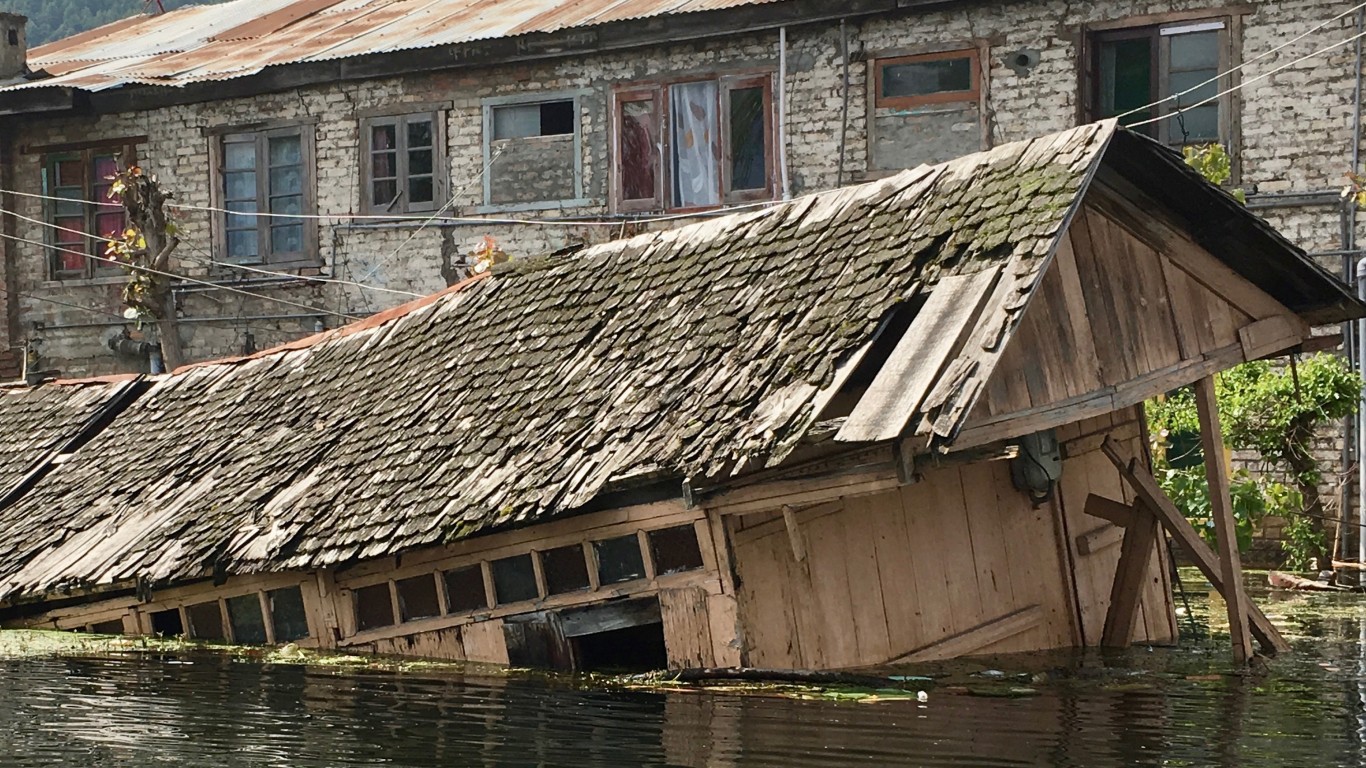
2017: Floods
> Location: South Asia
While South Asia’s monsoon season typically causes some flooding, climate change has contributed to flooding at unsafe levels, as happened in Bangladesh, Nepal, India, and Pakistan in 2017. Over 1,000 people died as a result of the extreme rainfall event. Climate change poses a risk during monsoon season – when global temperatures rise, both atmospheric water vapor and ocean temperatures increase, perpetuating extreme storms. The Asia-Pacific SDG Partnership estimates the cost of the 2017 flooding during the monsoon season to be $1.2 billion.
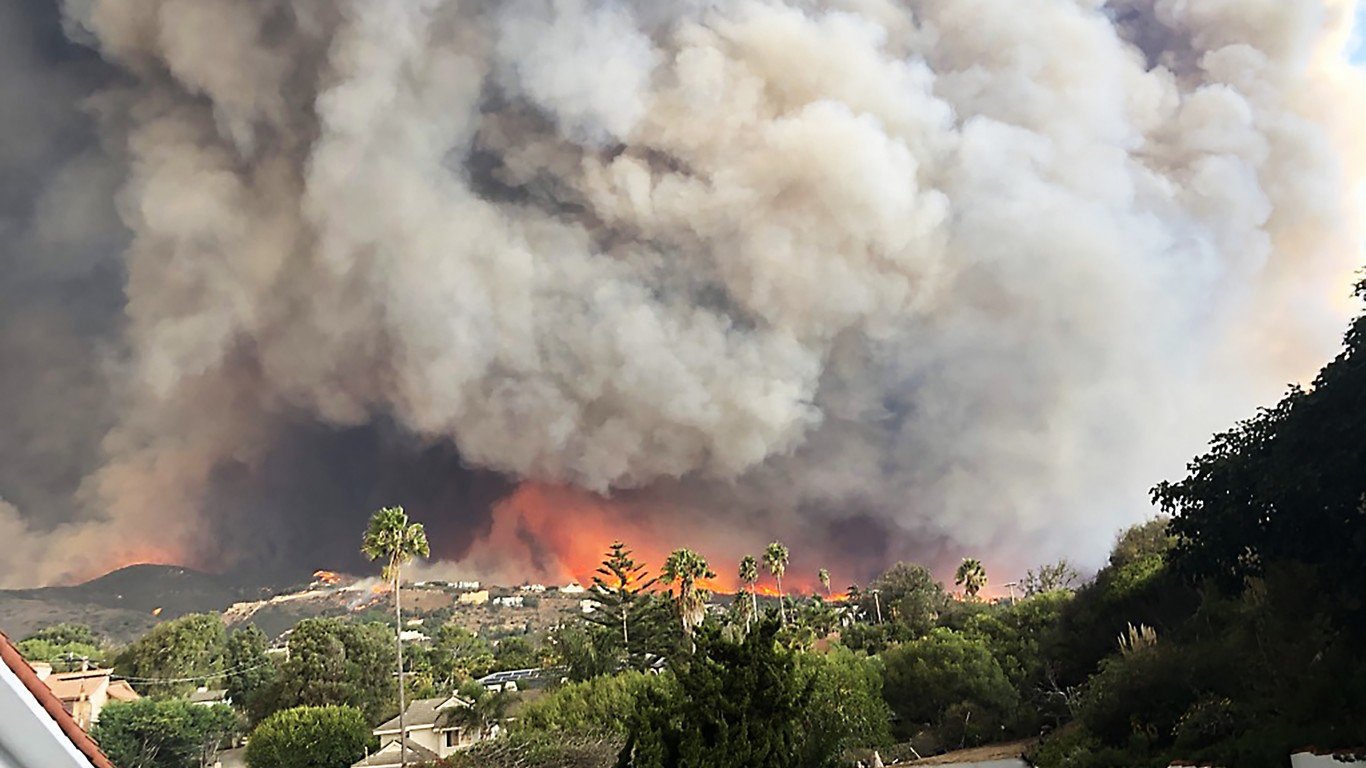
2018: Firestorm
> Location: California
2018 brought more destructive wildfires to Northern California. The Camp Fire, which occurred in November and caused 85 fatalities, was California’s deadliest. Paradise, California, was particularly hard hit, losing nearly all of its structures to the blaze. According to Wildfire Today, the Camp Fire caused $422 billion in damages.
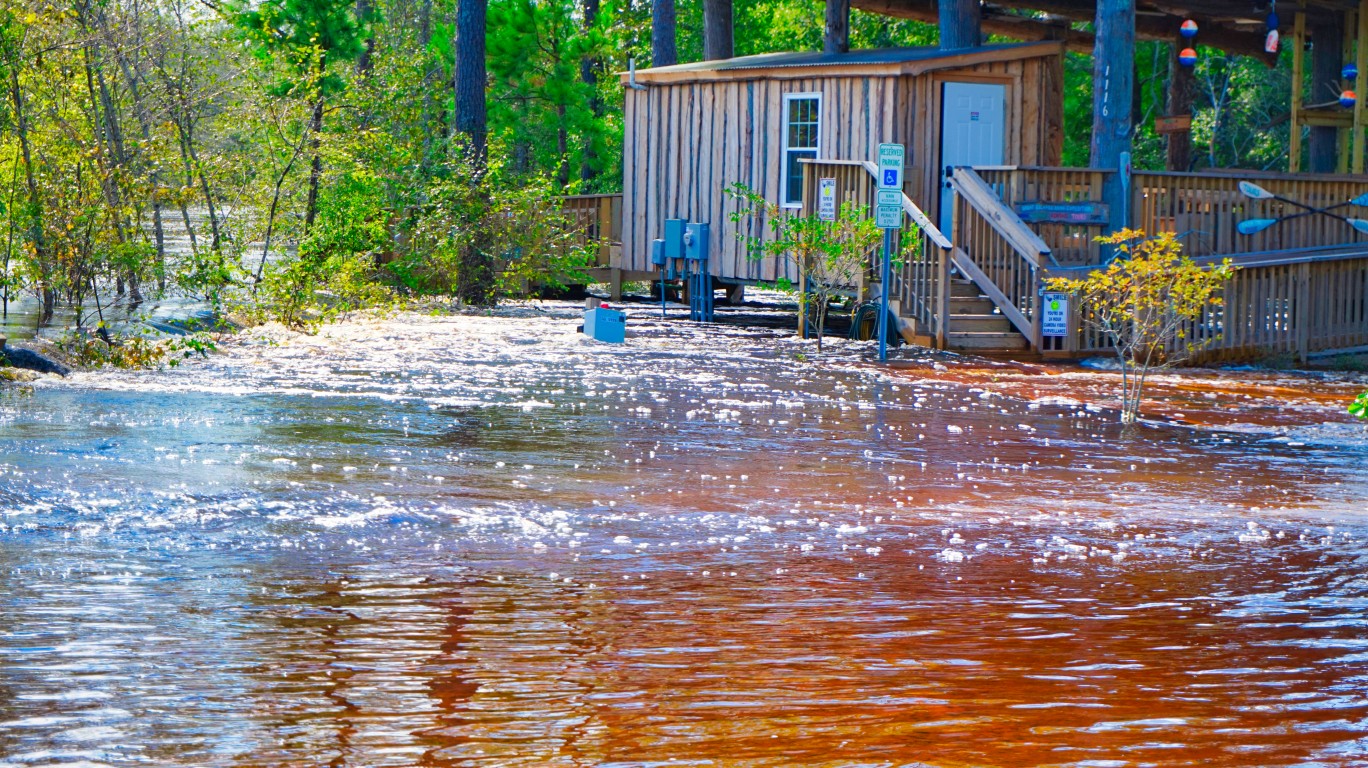
2018: Flooding from Hurricane Florence
> Location: North and South Carolina
Hurricane Florence was both deadly and costly for the Carolinas. While the storm was rated a Category 1, its slow-moving nature allowed for record-levels of rainfall, which caused flooding, wind, storm surge, and significant damage. The National Weather Service estimates the hurricane caused 42 fatalities and $24.5 billion in damage.

 24/7 Tempo
24/7 Tempo




